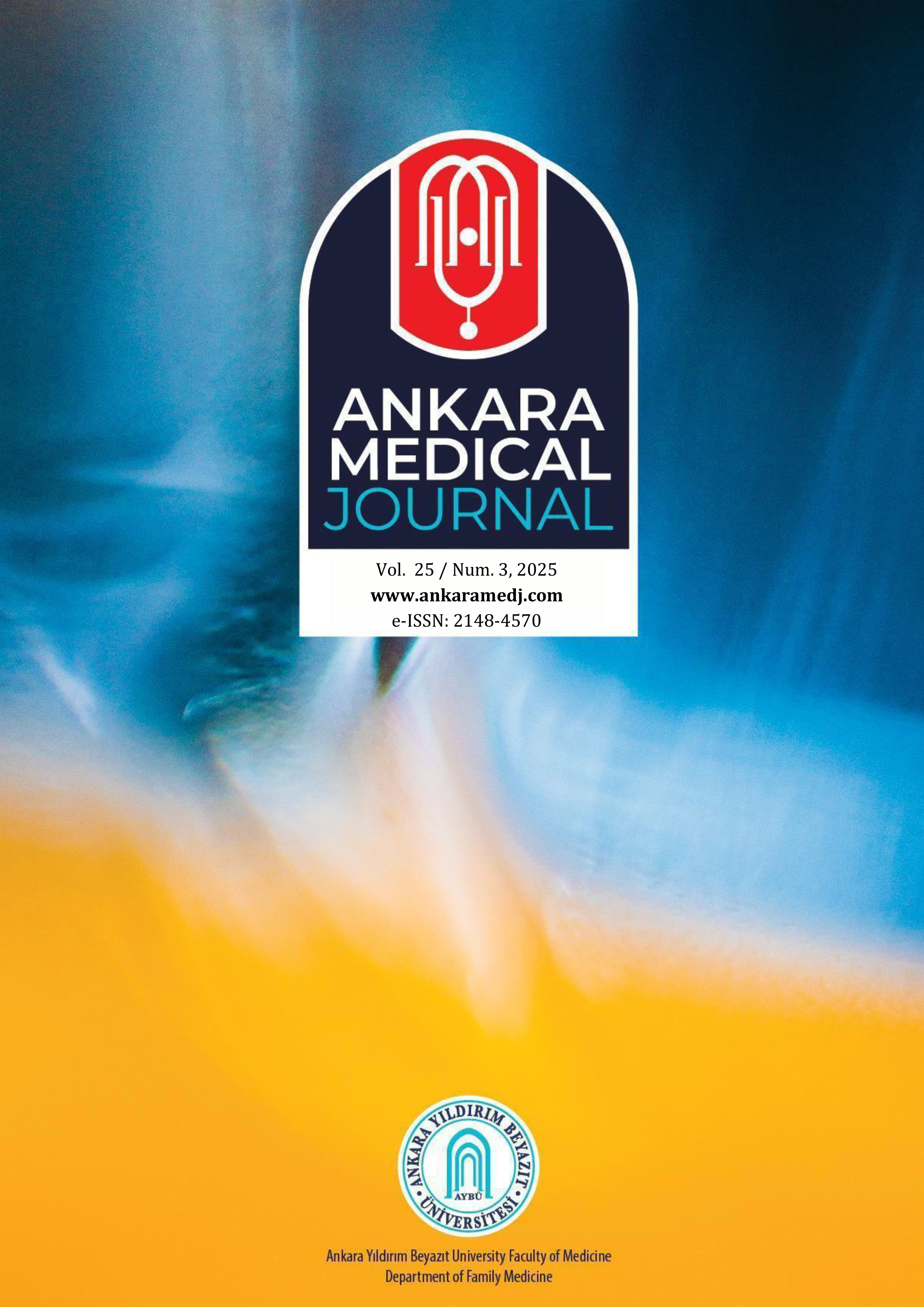Comprehensive Geriatric Assessment for Fall Risk Identification in Nursing Home Residents: Insights and Implications for Medical Practitioners
Deniz Mut Sürmeli1, Tuğba Turgut2, Remzi Bahşi3, Hande Selvi Öztorun4, Volkan Atmış1, Ahmet Yalçın1, Sevgi Aras5, Murat Varlı11Department of Geriatrics, Ankara University School of Medicine, Ibn-i Sina Hospital, Ankara, Türkiye2Department of Geriatrics, Antalya Training and Research Hospital, Antalya, Türkiye
3Department of Geriatrics, Samsun Training and Research Hospital, Samsun, Türkiye
4Department of Geriatrics, Ankara Bilkent City Hospital, Ankara, Türkiye
5Department of Geriatrics, Medipol University Hospital, İstanbul, Türkiye
INTRODUCTION: To assess the suitability of the Comprehensive Geriatric Assessment (CGA) in detecting fall risk among nursing home residents, identify its key components associated with high fall risk, and provide practical guidance for medical practitioners.
METHODS: This cross-sectional study included adults aged ≥60 residing in a nursing home. All participants underwent a CGA by geriatricians, with the evaluation process taking two months. All participants' medical and fall histories were recorded, including height, weight, calf circumference, muscle strength, and gait speed measurements. The relationship between participants' fall history in the previous year (none vs. ≥1 fall) and the CGA components was assessed.
RESULTS: This study includes a total of 104 nursing home residents. 40 individuals (38.5%) had a history of at least one fall and 40% of individuals who fell had fallen two or more times within the last year. In multivariate analysis, malnutrition risk and malnutrition (OR 3.52 [95% CI 1.22-10.12], p= 0.020), muscle strength (OR 5.91 [95% CI 1.02-34.16], p=0.047), and gait speed (OR 3.89 [95% CI 1.13-14.12], p=0.032) were independently associated with the risk of falls, regardless of age, Charlson Comorbidity Index, dependence in activities of daily living, and frailty.
DISCUSSION AND CONCLUSION: This study suggests that low grip strength, reduced gait speed, and malnutrition or malnutrition risk are associated with falls among nursing home residents. Instead of the CGA, which requires significant time, assessing these three components of the CGA may be more effective for medical practitioners evaluating fall risk in time-limited outpatient clinics.
Keywords: Accidental falls, geriatric assessment, nursing homes, walking speed, hand strength, malnutrition.
Makale Dili: İngilizce
(780 kere indirildi)





